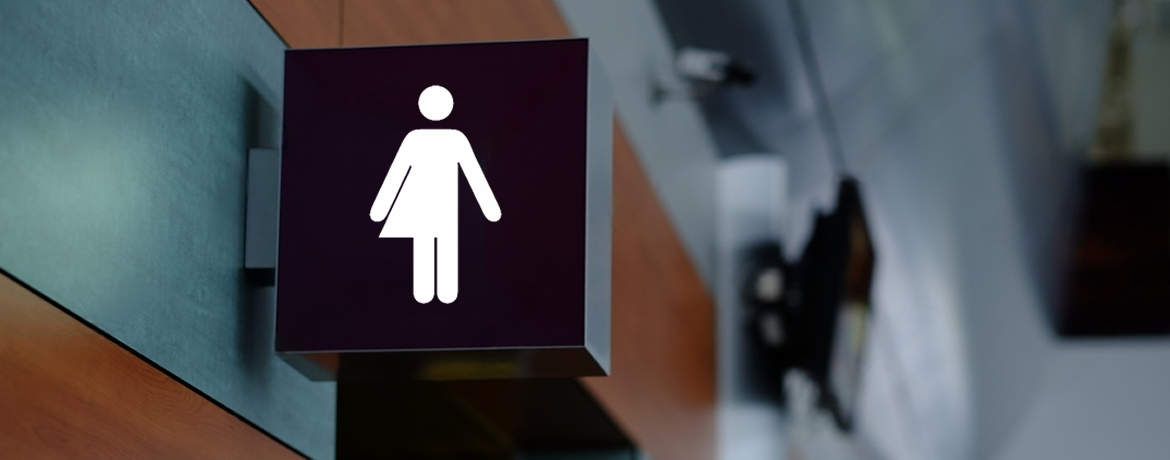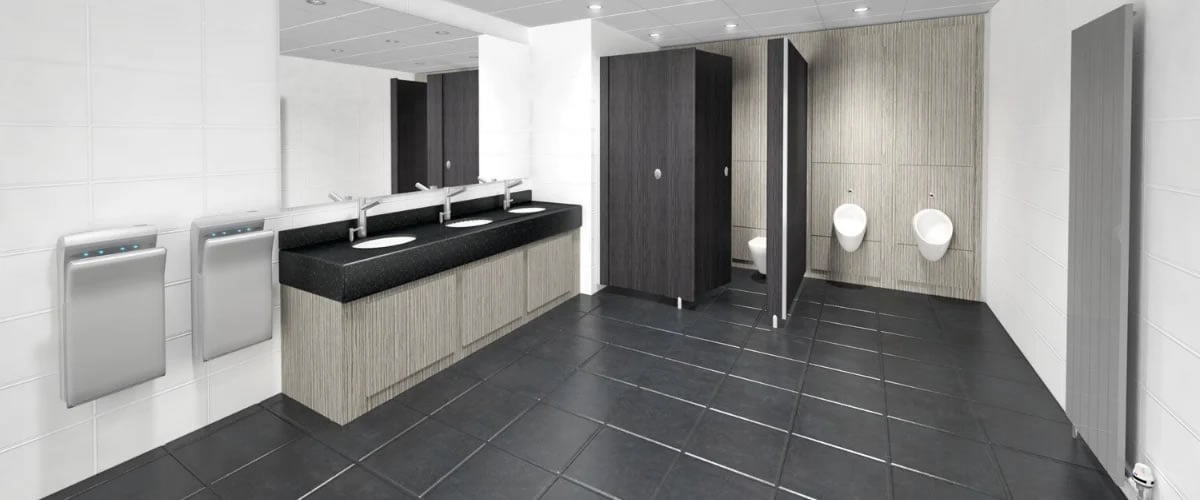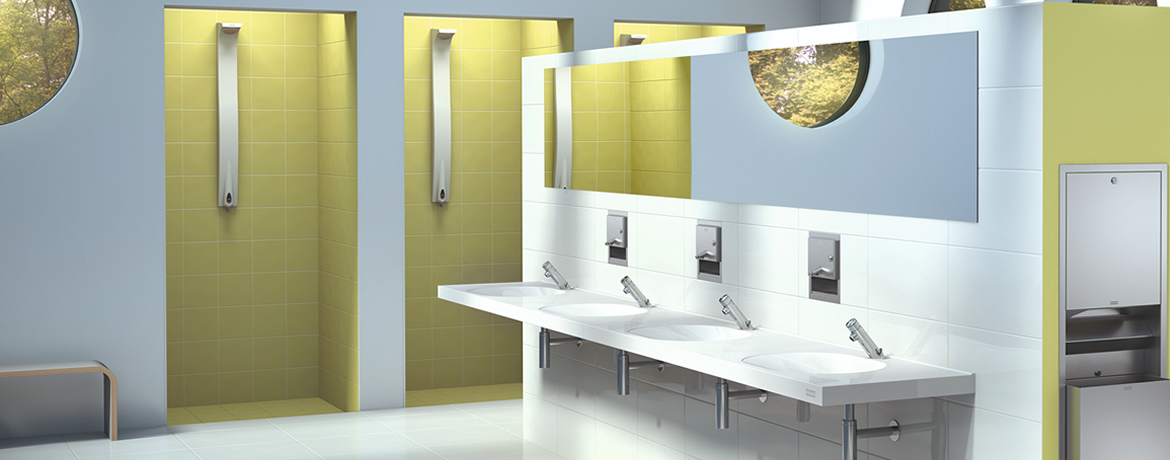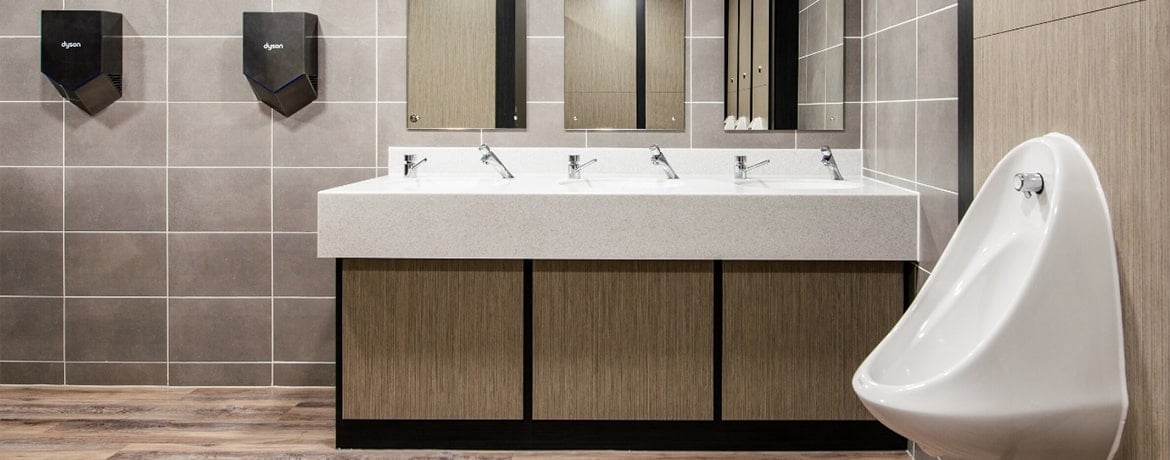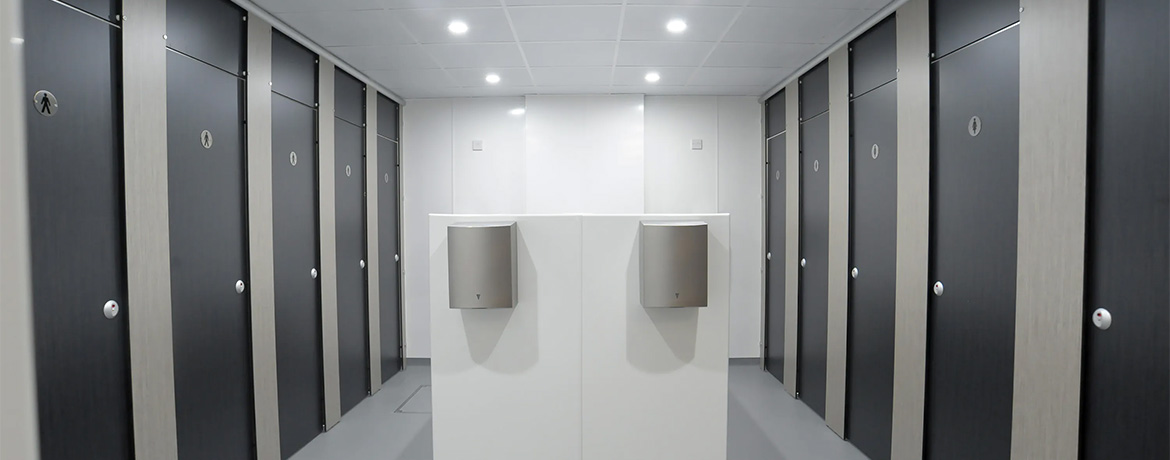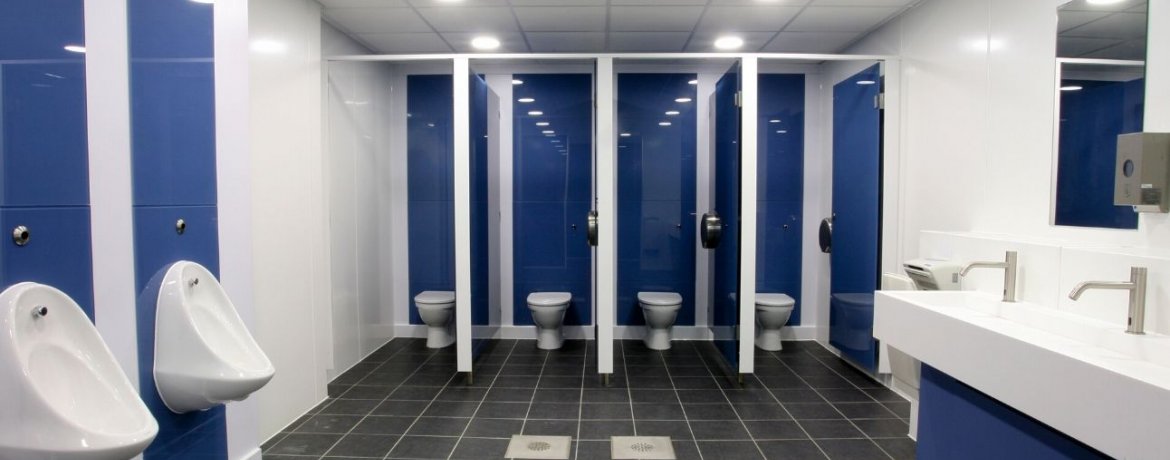Where To Start: Tackling Washroom Refurbishment
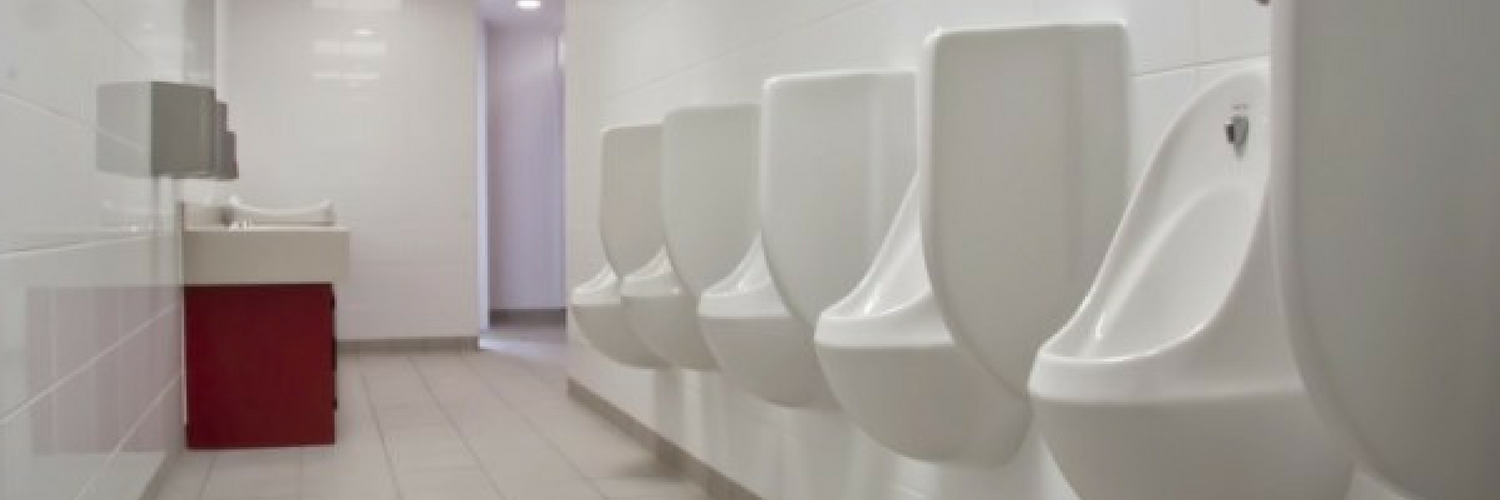
Renovating and accommodating commercial washrooms can be a daunting project, especially if you're new to the process. With strict guidelines, regulations, and tight schedules, it's essential to know where to start. This guide will cover the key factors to consider before embarking on your refurbishments and highlight essential elements to ensure a successful project.
Understanding User Demographics
Before diving into the renovation, it's crucial to understand the number of people using the workplace. This count should represent the maximum number of individuals present at any given time. Adhering to regulations ensures an adequate number of toilets and wash basins are available. For instance, an establishment with 1-5 people requires only one mixed-use toilet. However, if there are between 6 and 25 people, an additional toilet is necessary.
Health & Safety Compliance
Commercial environments have stringent Health and Safety regulations. Especially for food service businesses, requirements can vary regionally. It's advisable to contact your local authority or consult the HSE.gov.uk website for specific guidelines. Partnering with specialists can also ensure all standards are met.
Dimensions & Accessibility
Health and Safety guidelines also cover cubicle sizes and accessibility requirements. For instance, a single toilet cubicle should meet the criteria for an ambulant disabled cubicle, ensuring accessibility for many disabled users and those with impaired mobility. Features include outward-opening doors and fitted grab rails.
Planning & Budgeting
Thorough planning is essential to maximise the potential of your wash space and determine the required budget. Accurate measurements, drawings, and a clear timescale are crucial. As Andy Seddon, our Commercial Director, mentions, "Planning is the most critical. It minimises potential issues and costs." Researching costs upfront ensures you stay within budget and make informed decisions about materials and products.
Order of Operations
Understanding the sequence of tasks is vital. For instance, it's inefficient to install cubicles and toilets before laying the new floor covering. Proper planning prevents delays and unnecessary costs.
Anticipating Future Needs
Consider the future users of your washroom. Will you need baby changing facilities or antibacterial hand sanitising gel dispensers? For high-traffic areas prone to vandalism, consider anti-vandal fixtures and fittings. These durable products reduce potential damage, ensuring longevity. Researching available options ensures you make the best choices for your space.
Consider Eco-Friendly Options
With the growing emphasis on sustainability, consider integrating eco-friendly solutions. This could include water-saving taps, energy-efficient hand dryers, and sensor-activated lights. Not only do these options reduce environmental impact, but they can also lead to cost savings in the long run.
Employing Specialists
Sometimes, it's best to leave it to the experts. Contractors specialising in commercial washroom refurbishment can navigate potential challenges, ensuring a smooth process. They can anticipate and address issues, ensuring compliance with all regulations.
Our Services
At Commercial Washrooms, we offer a comprehensive washroom design service, including site visits and detailed specifications. Our services encompass everything mentioned above, ensuring a hassle-free experience. We also provide 2D room plans (CAD) and 3D computer-generated images, giving you a clear vision of the final result. Learn more about our washroom refurbishment services.
Got a question? Get in touch

